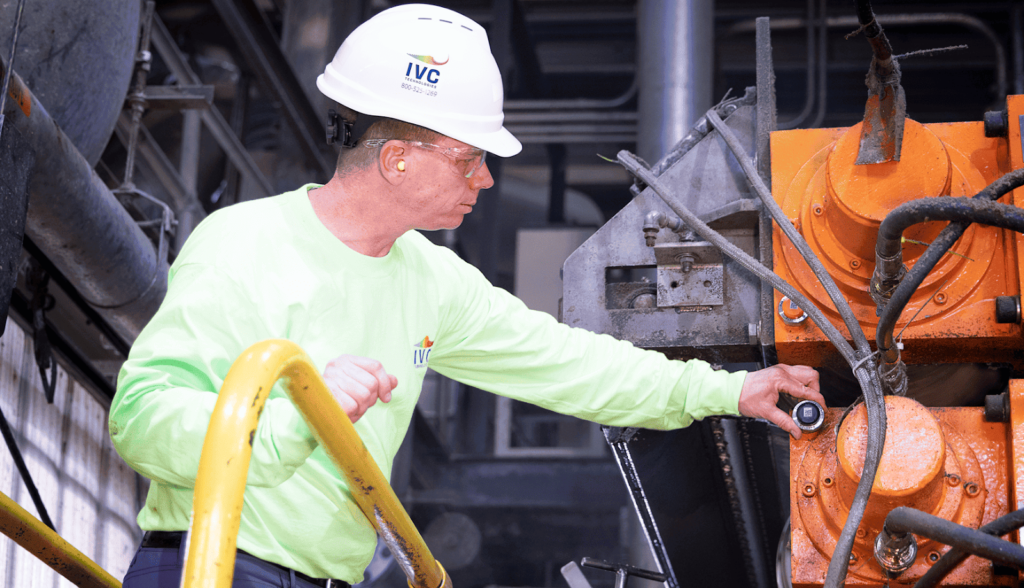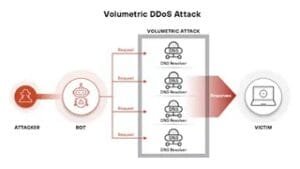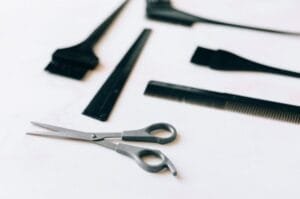How Can Vibration Analysis Improve Predictive Maintenance?

Ensuring the dependability and effectiveness of machinery is essential in contemporary companies to reduce downtime and sustain output. Predictive maintenance is a game-changing strategy that employs data-driven insights to foresee equipment problems before they lead to expensive failures. Vibration analysis is one of the most useful methods for anticipating mechanical issues among the many that are used. Businesses can identify early indications of wear, misalignment, or imbalance by tracking vibration patterns in rotating machinery and examining departures from typical conditions. In addition to lowering unplanned malfunctions, this proactive approach increases equipment longevity and minimizes operating expenses.
Finding the First Indications of Equipment Failure
The potential of vibration analysis to identify mechanical issues early on is one of its biggest benefits. During normal operation, machines like compressors, turbines, pumps, and motors produce particular vibration patterns. The vibration signals clearly alter as parts such as shafts, gears, or bearings start to deteriorate. These anomalies can be found using vibration analysis methods long before they result in catastrophic breakdown. Because of this early identification, maintenance personnel can arrange repairs or replacements ahead of time, avoiding unscheduled downtime that can stop production lines or disrupt vital services. This predictive capacity is crucial for preserving dependability and safety in sectors including manufacturing, energy, and transportation.
Improving Scheduling and Planning for Maintenance
Vibration analysis offers comprehensive information on the state of machinery, facilitating more intelligent maintenance scheduling. Conventional maintenance techniques, such as preventative or reactive approaches, are either too strict or too late. While preventive maintenance may entail changing components needlessly, reactive maintenance only takes place after failure. On the other hand, vibration analysis enables businesses to plan interventions at the exact moment they are required. This condition-based strategy guarantees that specialists concentrate their efforts on equipment that actually needs maintenance, minimizes waste, and makes the best use of maintenance resources. As a result, businesses may better match their maintenance plans with their output targets, reducing downtime and increasing productivity.
Cutting Expenses and Increasing Equipment Durability
Vibration analysis has substantial economic advantages. Unexpected equipment failures can result in expensive downtime, lost output, and other safety hazards in addition to repair costs. Businesses can steer clear of these unforeseen expenses by using predictive maintenance to avert malfunctions. Furthermore, by prolonging the life of machinery, useful vibration monitoring ideas can promote improved asset management more than we can realize. Component wear and tear are reduced when problems like misalignment or imbalance are quickly fixed. This eventually lowers the need for replacements and increases the machinery’s return on investment. Good vibration analysis can result in significant cost reductions for businesses with expensive equipment.
Enhancing Safety and Dependability at Work
Vibration analysis’s relevance to workplace safety is another significant feature. In addition to interfering with operations, equipment failures can seriously endanger employees. An abrupt bearing failure in a high-speed machine, for instance, could cause pieces to fall loose and pose a danger of harm. Businesses can drastically lower the risk of accidents by keeping an eye on vibration signals and taking action before anomalies worsen. Furthermore, dependable equipment guarantees more efficient operations, fosters employee trust, and reinforces adherence to safety standards. Therefore, vibration analysis-supported predictive maintenance improves worker well-being and productivity.
Combining Digital Technologies with Vibration Analysis
The effectiveness of vibration analysis has been considerably enhanced in recent years by its integration with cutting-edge digital technologies. Sensors linked to the Industrial Internet of Things (IIoT) are frequently used in contemporary predictive maintenance systems, allowing for ongoing, real-time equipment health monitoring. Machine learning techniques can be used to process vibration sensor data in order to find trends and more accurately forecast breakdowns. Additionally, maintenance workers can remotely access vibration data through cloud-based technologies, which facilitates simultaneous facility monitoring. In addition to improving vibration analysis accuracy, this digital revolution increases predictive maintenance’s scalability across different industry sizes.
Across many industries, vibration analysis is essential to bolstering predictive maintenance plans. It gives firms a competitive edge by identifying early indicators of equipment breakdown, facilitating more effective scheduling, cutting expenses, increasing machine longevity, and enhancing safety. Its potential is further increased by the use of digital technologies and real-time monitoring, which enables businesses to turn unprocessed vibration data into useful insights. Vibration analysis will continue to be a key component of predictive maintenance as long as enterprises place a high priority on efficiency and dependability. This will guarantee that machines run at their best while lowering risks and expenses.




